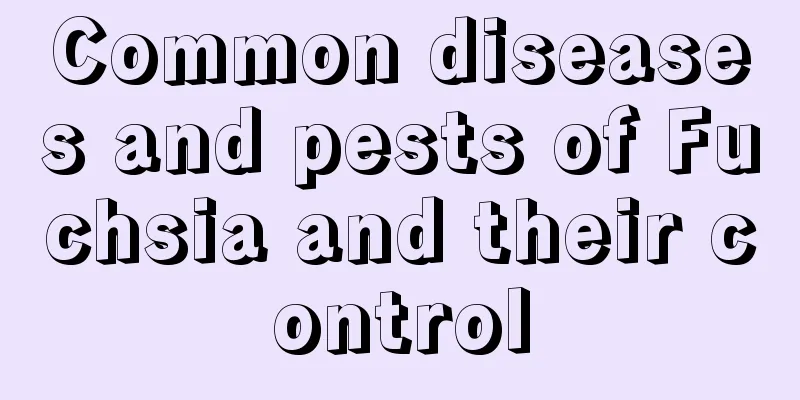Common diseases and pests of tea and their control methods

Powdery mildewsymptomIn the early stage of the disease, white powdery mildew spots appear on the leaves, and the leaves gradually turn brown from the tips, and slowly fall off. When new leaves are infected, the leaf color will gradually fade to green, and white spots will appear on both sides of the young leaves. Later, they will cover all the leaves, and the color of the leaves will change from light gray to purple-red. The leaves are wrinkled and deformed, and there are few or even no flowers. Prevention and treatment methodsPay attention to pruning and cut off diseased branches and buds in time. Strengthen maintenance, apply less nitrogen fertilizer, and increase phosphorus and potassium fertilizers to improve the plant's disease resistance. Pay attention to ventilation and light transmission, control watering, avoid long-term stay, and reduce the chance of disease. Spray pesticides immediately when the disease occurs. You can choose carbendazim or crystalline lime sulfur to kill the bacteria. In addition, during the maintenance period, spray fungicide once a month. AnthracnosesymptomAnthracnose mainly harms the leaves of camellia. When the disease occurs, dark brown spots will appear on the leaves with light brown in the middle. In the later stage, the spots will gradually expand and small black particles will appear on the leaves. The disease is prone to occur when the plants are too dense or the humidity is too high. Prevention and treatment methodsPrune in time, clean up dead leaves, cut off diseased leaves in winter and spring, and cut off weak branches and diseased and insect-infested branches in time to enhance the light transmittance of the plant. For spraying pesticides, you can choose benomyl, charcoal alkali, and spironol. Use alternately, spray once every 3 to 5 days until improvement occurs. Red spider mitessymptomSmall yellow and white dots will appear on both sides of the leaves. If you look closely, you will see that those small red dots are spider mites. Red spider mites like sunny days and are afraid of water. Once the rainy season comes, they will all die if they get a little rain. But as long as one survives, they will reproduce in large numbers. Yellowing of leaves may also induce various diseases and pests. Prevention and treatment methodsOnce spider mites appear, don't hold out hope that they will go away on their own. Clean the yellow and diseased leaves in time, then spray fungicide. It is best to rinse the leaves with clean water first. Choose a pesticide specifically for treating red spider mites, such as dacarbazine. When using it, add some laundry detergent to water for better spraying effect. |
<<: Diseases and pests of globe amaranth and their control methods
>>: Common diseases of Cosmos and their prevention and control methods
Recommend
What is the best month to plant sugarcane seedlings?
When to plant sugarcane seedlings Sugarcane seedl...
The peony is gorgeous, but it never blooms. Check if there is something wrong with the watering.
We all know that Chinese literati have had a spec...
How to prune the wood brocade tree? Pruning methods and techniques
When to prune the cycad tree The best time to pru...
How often should I water my fortune tree?
How often should I water my fortune tree? The mon...
How to propagate witch hazel
How to propagate witch hazel The main method of p...
What kind of vegetables are suitable for growing in glass greenhouses (What kind of vegetables are suitable for growing in greenhouses)
Glass greenhouse vegetable planting The glass gre...
Can green radish be grown in a fish tank?
1. Can it be raised in water? This plant can cert...
Coriander planting season and method steps How to plant coriander to make it sprout quickly
Coriander, also known as cilantro, is a food that...
How many times can lettuce be planted in a year and how long does it take to be eaten?
How many seasons can rapeseed be planted in a yea...
How to plant chives? Planting time and method
Chive planting time Allium orchid has poor cold r...
Can Tiger Pilan be transplanted in winter?
1. Can it be transplanted? Tiger Piranha can be t...
Pineapple fruiting in the first few years
Introduction to growing pineapple heads The pinea...
How to grow mint flowers
1. Breeding environment 1. Light: It is a very li...
How to take care of the newly bought Cattleya
1. Lighting Newly bought Cattleya should be place...
Maintenance methods and precautions for Tamarix bonsai
The germination ability of the plant is particula...









